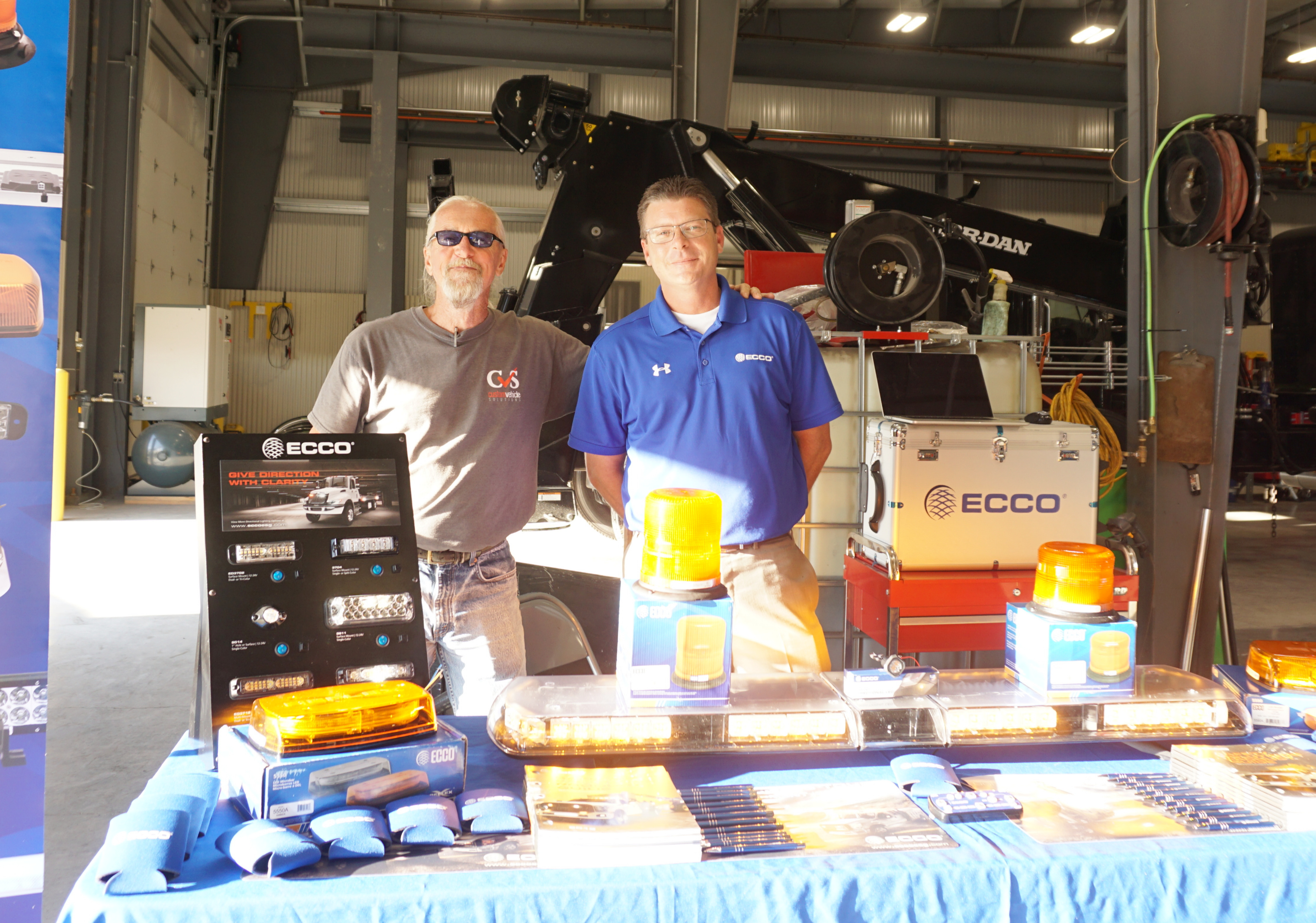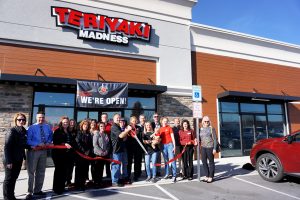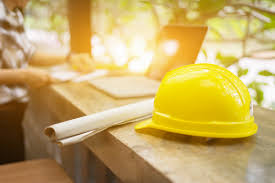Safe Practices and Consumer Confidence
As businesses re-open their offices to employees and consumers, they must aggressively communicate their safe practices. Demonstrating that it is safe to work, safe to shop, and otherwise safe to do business once again will be key in the coming weeks and months.
Please remember any phased reopening must be in accordance with sound public health decisions, and with proper safety protocols outlined here and by local and state health departments. More information from the experts and elected leaders may add to or alter these guidelines.

Employee Safe Practices
Information provided by the PA Dept. of Health for all businesses authorized to continue in-person operations, other than health care providers.
- Clean and disinfect high-touch areas frequently and continue to regularly clean all other areas of the building
- Establish a plan in case an employee is exposed to a probable or confirmed case of COVID-19
- Take each employee’s temperature before they enter the building and send those who have a temperature of 100.4 degrees Fahrenheit, or higher, home
- Prevent large groups from entering or leaving the building by staggering work start and stop times
- Limit the number or people in employee common areas, like locker rooms or break rooms and ensure these areas are getting cleaned frequently
- Conduct meetings and trainings virtually. If a meeting needs to be held in person, limit the number of employees to 10 and maintain a social distance of six feet
- Make sure employees have access to soap and water to wash their hands, hand sanitizer and disinfectant wipes
- Provide masks for employees to wear at all times and make it mandatory to wear while on the work site. Employers may approve masks obtained or made by employees according to department policies
- Make sure the facility has enough employees to conduct business effectively and safely
- Do not allow non-essential visitors to enter the business.

Safe Practices for Employees Serving the Public
Information provided by the PA Dept. of Health for businesses inside a building or defined area should follow the above guidance and take additional precautions as listed below.
- Conduct business with the public by appointment only, whenever possible
- If appointment-only service is not feasible, businesses must limit the amount of people inside the building to no more than 50% of the total occupancy
- Change the hours of business so there is enough time to clean and restock
- Install shields or other barriers at registers and check-out areas to physically separate cashiers and customers, or take other measures to maintain social distancing between customers and employees
- Encourage customers to use online ordering by providing delivery or pick-up options
- Designate a specific time for high-risk and elderly people to use the business at least once a week
- Require all customers to wear masks to enter the store. If the customer cannot wear a mask, they should not be allowed in. For supermarkets and pharmacies, if a customer cannot wear a mask, these stores must provide an alternate means of delivering goods
- In businesses with multiple check-out lanes, use every other register. After every hour, rotate customers and employees to the previously closed registers and clean the previously open registers and the surrounding areas
- Schedule handwashing breaks for employees at least every hour
- Assign an employee to wipe down carts and handbaskets before the customer uses them
If Your Employee is Exposed to Covid-19
Information provided by the PA Dept. of Health for businesses inside a building or defined area should follow the above guidance and take additional precautions as listed below.
- Close off areas where the probable or confirmed case of COVID-19 was
- Open outside doors and windows and use ventilation fans to circulate air in the area
- Wait at least 24 hours, or as long as practical, before cleaning and disinfecting
- Clean and disinfect all shared areas such as offices, bathrooms, break rooms, shared electronic equipment (tablets, touch screens, keyboards, remote controls) and ATM's used by the sick person
- Identify employees that were in close contact with the probable or confirmed COVID-19 case
- Take every employee’s temperature before they enter the building or before each shift, and send home anyone with a fever of 100.4 degrees Fahrenheit, or higher
Employees who have symptoms should notify their supervisor and stay home. Sick employees should follow CDC recommended steps and not return to work until the certain criteria for returning back to work are met.
Well at Work
Find helpful tools from WellSpan Health by visiting their website especially for businesses. You'll find employer solutions that are customized and easy to use.
Do you have specific questions? Businesses are encouraged to reach out to WellSpan Health directly for advice. Email wellatwork@wellspan.org.

PPE Supplies
If your business is in need of masks, thermometers, gloves, hand sanitizer or other Personal Protective Equipment, look no further; Norland Avenue Pharmacy has these products available locally!
Norland Avenue Pharmacy, located on the WellSpan Health campus
12 St Paul Dr #105, Chambersburg, PA 17201
(717) 217-6790
Visit their website

Healthy Habits
The U.S. Chamber of Commerce has provided helpful Coronavirus workplace tips to assist your employees. Use this guide as a reference for your employees.

Food Service Safe Practices
Includes restaurants and bars
Restaurants and food establishments already comply with many sanitation and hygiene regulations. With some simple additions to current practices, dining rooms could begin to safely reopen dependent on public health data.
This is an additional list of recommendations that provides more detail for this industry. Individual establishments should review and make decisions in accordance with their needs and in consultation with local and state health department guidelines.
1) Dining rooms should be sanitized with a quat sanitizer, bleach water mixture, or other commercial grade sanitizer before service, through-out service by a dedicated employee, and at the end of service. This includes all tables, chairs, door handles and any hard surface touched by the public.
2) Gloves should be provided upon request of the customer. Latex gloves may be provided, but Nitrile or Vinyl gloves should be available for customers with a Latex allergy. It is not required for customers to wear gloves, but is strongly encouraged.
3) Masks and gloves shall be worn by all service staff. Gloves must be changed at the time limits set by the local and state health departments. Every 30 minutes is recommended.
4) Non Signature methods of payment are encouraged. Where signature credit card slips, cash, and checks are used, these should be placed in a clean envelope delivered by the server to limit contact with the customer’s payment method. Checkbooks are not to be used (only single use disposable envelopes that are discarded when customer is finished).
5) Credit cards should be handled as little as possible. Gloves should be changed frequently by staff handling the payment method. Cards and payment stations shall be sanitized after each use.
6) Kitchen and Service staff shall use gloves when handling ready-to-eat foods, and must wash hands frequently and consistently. Guidelines from local and state health departments for safe food handling shall be followed at all times. Gloves are not required for foods that have yet to be cooked, but are encouraged. Gloves are not required when handling dough in bakeries, pizza shops, or restaurants where it will be baked before serving to the public. If serving raw cookie dough, that has the potential to be eaten before baking, gloves must be worn while handling it.
7) Service Staff must have temperature taken before the shift and a log must be kept. This log must be available for inspection by the local or state health department upon request. Thermometers must be no contact or forehead thermometers. Infrared thermometers are acceptable.
8) Gloves must be available inside and outside bathroom doors, so patrons can put on a fresh set of gloves going into the bathroom and coming out of the bathroom. This will help maintain safe hard surface contact.
9) Cups, lids and straws will be available for drinks, but must not be out for the public to take. Paper products must be provided by the restaurant upon request and be kept where the public cannot have access to them. Communal type dispensers (i.e. napkin dispensers) cannot be available to the public. Single use dispensers are acceptable. 
10) Plastic flatware must come pre-wrapped. Loose plastic flatware is unacceptable.
11) To go boxes, pizza boxes, paper cups, and any other paper product that touches food, must be treated as food. Any time they are handled, gloves and should be worn to prevent bare hand touching, especially in regards to folding pizza boxes..
12) Ice is a ready-to-eat food and must be treated as such. Hands must be gloved when filling ice machines, and masks must be worn.
13) Servers and service staff must submit to COVID-19 testing before being allowed back to work. In the case of a positive test, service staff should follow instructions given by the local health department before being cleared to return to work.
14) Ensure patrons not in the same party are more than six feet apart from one another. This can be accomplished by spacing tables out or by placing patrons at every other table, with the minimum required distance. In restaurants where customers seat themselves, tape should be placed at tables not to be used.
15) Playgrounds in restaurants should remain closed.
16) Restaurants with queues or lines should ensure social distancing procedures with visual or physical markers, and not allow more than 10 people in their waiting area at a time. A list should be kept, and names and numbers taken. Customers should then be asked to wait outside or in their cars. Text messages should be sent when their table is ready.
18) Menus, tables, chairs, salt shakers, or any other objects used by customers shall be sanitized between each use. Single use paper menus are highly recommended.
19) Large, non immediate familial parties are discouraged.
20) All You Can Eat Buffets should have attendants to serve food. Social distancing should be maintained at all times.
21) Buffet Lines should be sanitized at all times. Single use plates should be used.
22) Table spacing is important at buffet dining rooms, and should maintain a six foot minimum between patrons not in the same party.
23) Buffet queues for payment should have six foot gaps. A wait list shall be made for customers in the event that the restaurant is full, and customers should be asked to wait outside or in their cars. When a table opens up, customers should be sent a text to alert them that they are ready.
OSHA Recommendations
Business owners and employees: Please check the guidance issued by OSHA on safety in the workplace. This resource gives guidance for specific worker groups and their employees ranging from waste management to meat processing.

Still looking for Personal Protective Equipment? The PA DCED has a business to business interchange directory to help you find the resources you need.
Disclaimer: Please remember the Greater Chambersburg Chamber of Commerce is not a health official or government official. Our goal is to share information that is accurate and unbiased in a timely manner. Please seek additional information from the linked sources provided.
If you are sick, or feel sick, please contact your healthcare provider and follow their instructions.
For the most updated information, please review the following sources:
